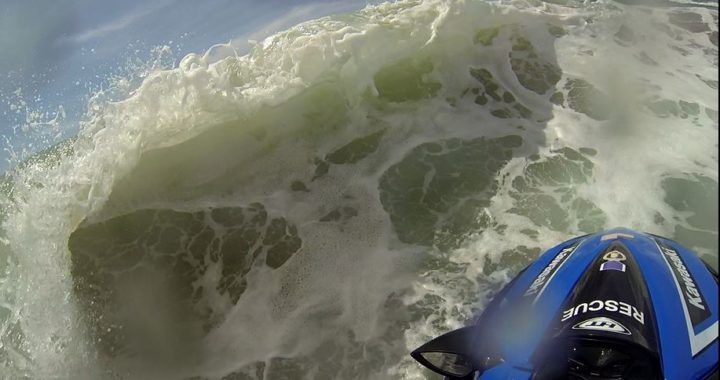RESCUE WATER CRAFT TRIM
Let's consider how we are to determine a level and stable Rescue Water Craft trim capability.
It's not just the mechanical advantages that some make, models and year of production Rescue Water Craft have, sometimes it is simply operator knowledge or the lack thereof.
The pump plays a vital roll in trim and balance. Why? Because the Rescue Water Craft levels out easier under power than in a standing position where the likelihood of capsizing or falls overboard increases.
The type of water and the water conditions are a big part of the story.
How will we determine our specific Personal Water Craft jet pump maximum efficiency? Are you noting the type of water conditions?
1. Saltwater
2. Freshwater
3. Waves
4. Swell
5. Wakes
6. Current
7. Calm Water
8. Turbulent water
Operators and administrators or teams may ask; how can I increase my trim function, pump efficiency and forward movement or maintain a level steady boat of speed?

Water action and shifting weight.........
STEADY AS SHE GOES
That is not an easy question to answer. It requires introspection of several elements:
1. Helm and Throttle Control
2. Mindset of the Operator and their knowledge base, including vessel familiarity
3. Vessel type and specifications
4. Fundamental knowledge of trim packages/capabilities
5. Effective knowledge of environmental factors
6. Weight, drag, thrust and hydro dynamic affects
7. Directional turns
8. Wear and tear and replacement or preventative maintenance and inspection
9. Type of rescue board (Towable aquaplane device) and its attachment policy
As you can see, trim is a variety of technical advantages or disadvantages and it all leads up to the Operators.
Rescue Water Craft Operators are responsible for the safe transport underway and to deliver a level, steady and stable boat.

Don't rock the boat!
BALANCE IS THE POINT
Trim is essentially dependent on all of the above for consistent efficiency. It is also dependent excessively on operator knowledge of when to modulate the throttle for acceleration and deceleration from the changing phases of:
1. Displacement of water against the hull
2. Planing speed
3. High speed turns
4. Low speed turns
Hull Types
1. Flat Bottom
2. Semi-V
3. Deep V
There are a variety of variable trim systems for personal watercraft depending upon:
1. Make of Personal Water Craft
2. Year of Production
3. Model
4. Two Stroke/Four Stroke engine
Take a Course with us and discover your operational success. We are ready to take you to the fastrack of professional
operations by assisting you in your technical Rescue Water Craft Qualification.
